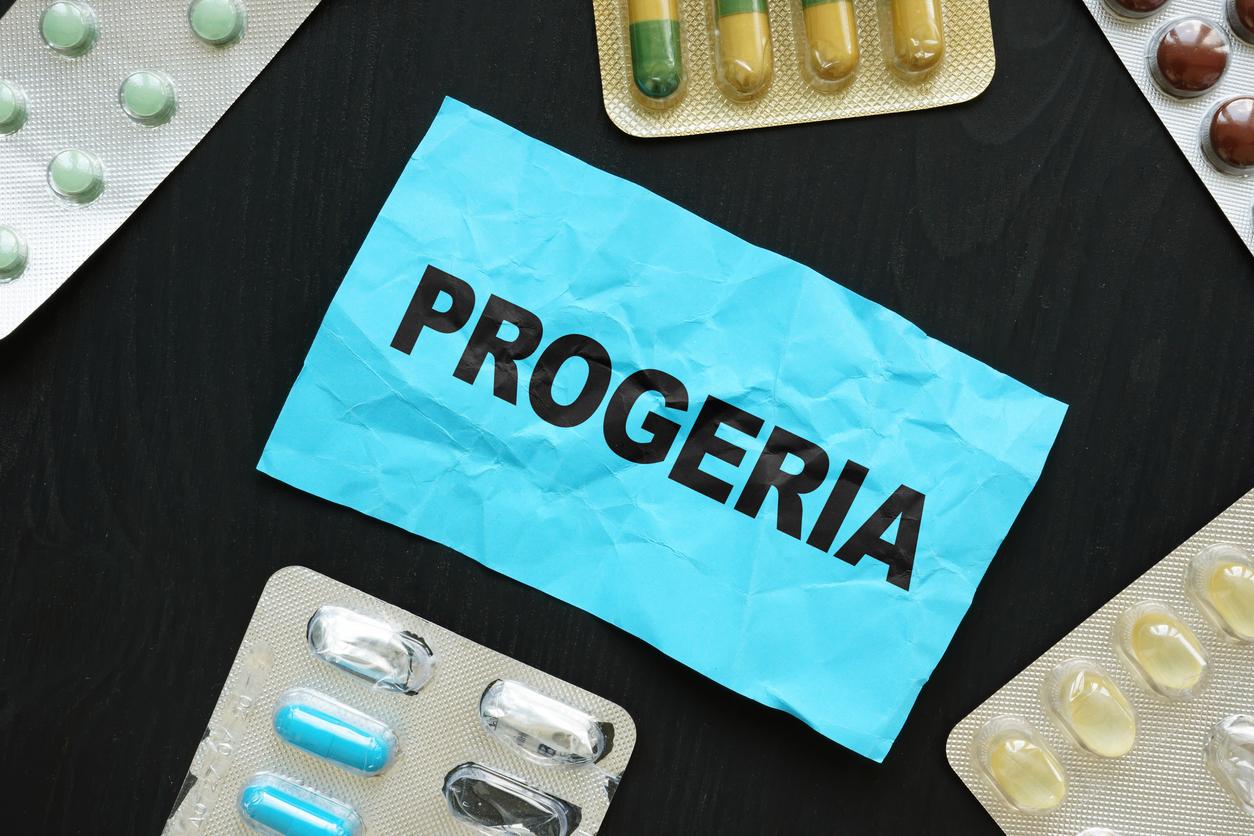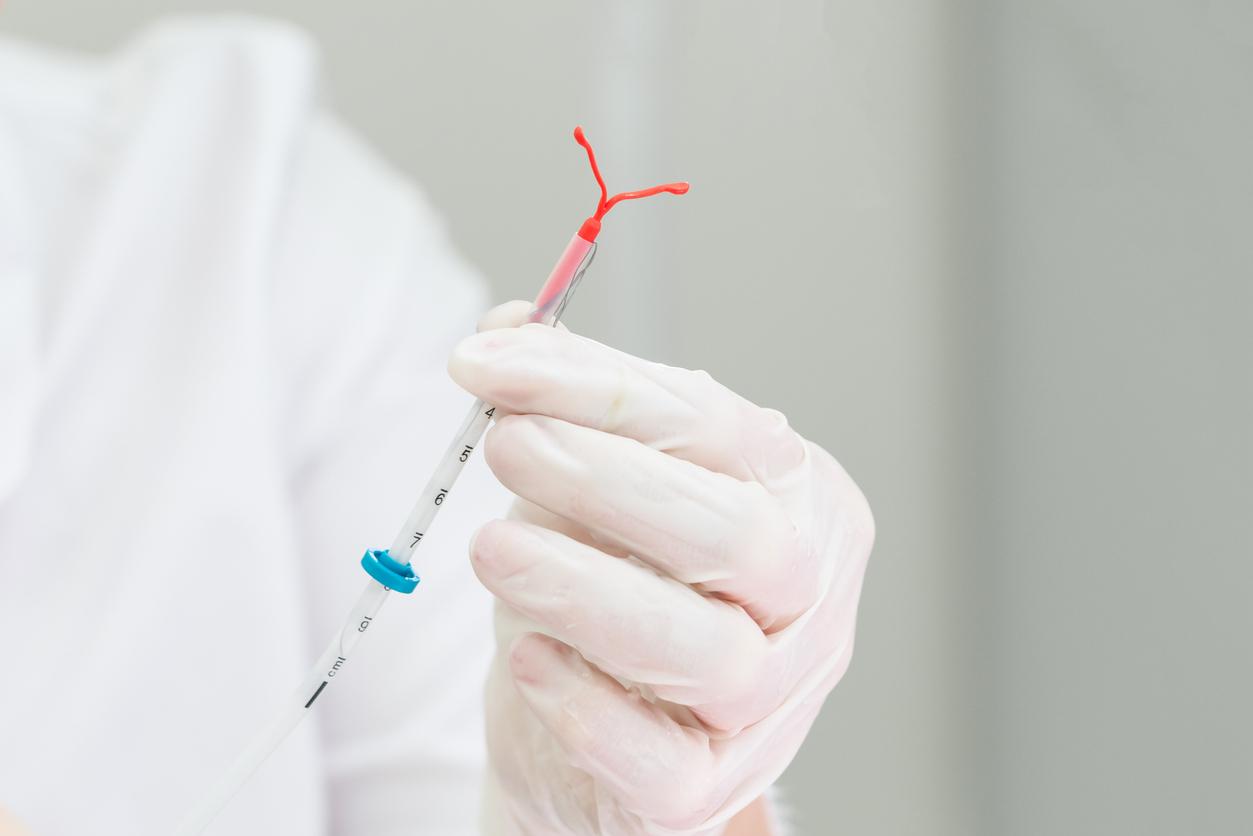It is recommended that people with osteoporosis take vitamin D. This helps improve the effectiveness of their treatment.

- Taking vitamin D is recommended for people with osteoporosis as a complement to their treatment.
- Bernard Cortet, rheumatologist and osteoporosis specialist at Lille University Hospital, recommends taking it every month.
- This method of administration is easier for patients to follow.
More fragile bones and a higher risk of fracture: osteoporosis is a bone disease that causes a reduction in bone density. According to’Health Insurance, about 39% of women, aged around 65, suffer from osteoporosis. Men can also be affected, but the disease is two to three times more common in women. Different medications help reduce the risk of fracture, but in addition, it is necessary to compensate for possible vitamin D deficiencies. Bernard Cortet, rheumatologist and osteoporosis specialist at Lille University Hospital and president of the Research and Information Group on osteoporosis, provides an update on vitamin D supplementation in people with osteoporosis.
Osteoporosis: why take vitamin D?
“Vitamin D has an effect on the bone and a certain number of studies show that in the event of poor vitamin status at the start of treatment for osteoporosis, it is less effective., explains the healthcare professional. “The search for and correction of a calcium and/or vitamin D deficiency is an essential prerequisite for initiating anti-osteoporotic treatment.note it High Authority of Health. Dr. Bernard Cortez points out, however, that this vitamin D supplementation is not a treatment for osteoporosis. Moreover, scientific data is insufficient on its ability to prevent fractures.
How should you take vitamin D in case of osteoporosis?
In case of severe vitamin D deficiency, it may be necessary to take a high dosage of vitamin D to return to normal levels. “If we give a massive dose, there is not the expected effect and we can even have an opposite effect., warns the specialist. According to him, the ideal is to take vitamin D every month, rather than every day, mainly for reasons of ease. “We have little data regarding the bone risk and the methods of taking it.he indicates. But the data we have concerning the infectious risk show that the effectiveness is better when taken daily..” In the absence of confirmation of this observation for osteoporosis, the rheumatologist considers that it is necessary to find a compromise between ease of monitoring and effectiveness, “because once again, it is only an additional treatment”, he recalls. The latest recommendations from the Osteoporosis Research and Information Group are 50,000 IU every month.

Osteoporosis: where is vitamin D found?
Vitamin D can be consumed in different forms. “If the functioning of the kidneys and liver is correct, it is possible to take native vitamin D cholecalciferol”, advises the rheumatologist. It corresponds to vitamin D of animal origin, which can be found in fish liver oils or in certain fatty fish. But there are also vitamin D supplements, some of which are reserved for special cases, notably children suffering from rickets.
Even in the case of osteoporosis, any vitamin D supplementation must be carried out after speaking with a doctor. “The use of food supplements containing vitamin D can lead to excessively high intakes and cause hypercalcemia., that is to say an excessively high level of calcium in the blood, leading to calcification of certain tissues, and cardiological and renal consequences, warns the Coves. Beyond hypercalcemia, excess vitamin D intake can cause other disorders such as headaches, nausea, vomiting, weight loss or even intense fatigue.”

















